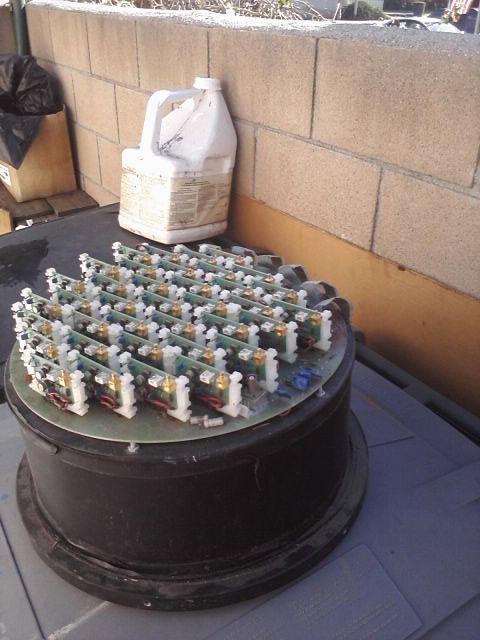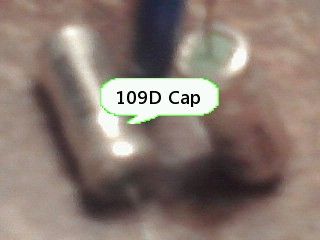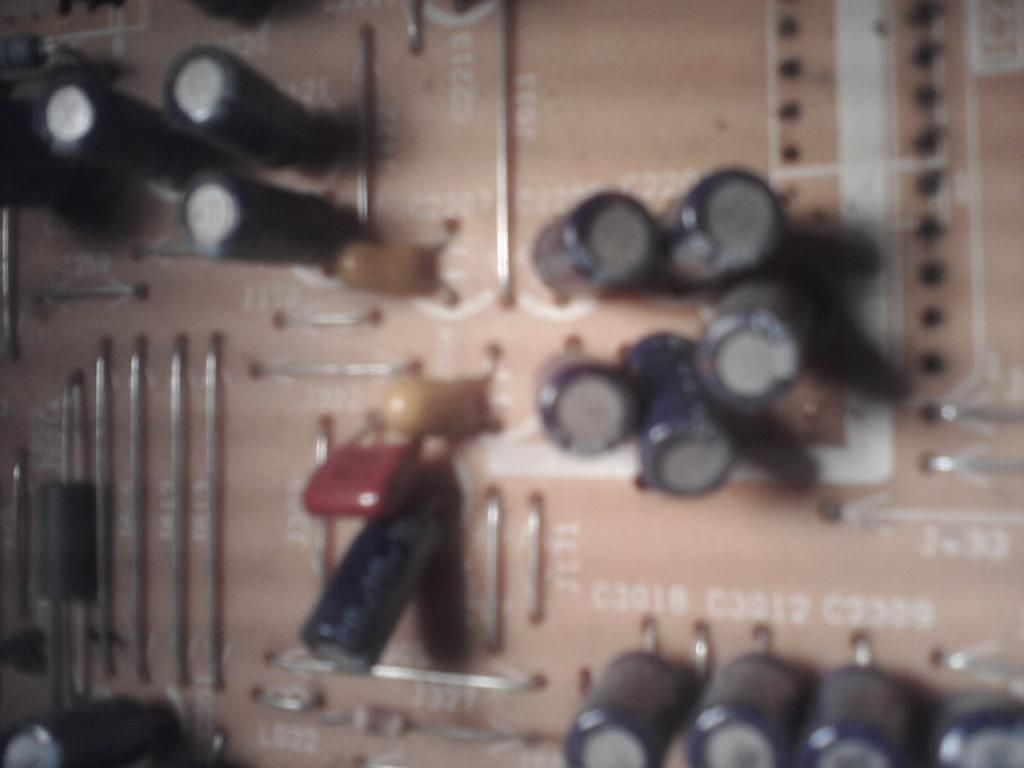It's good to try it out for awhile. Breaking down the PCB's for their components is a learning experience that gives you a better understanding of
E-waste.
For me: It didn't seem to be worth doing for the following reasons.
1: Time .... When i weighed everything up after a day's work there seemed to be fairly little return for the time invested. It occurred to me that it might be better to find something else to do that was more profitable.
2: The job hazards ....There are different methods for breaking down a PCB and they all have their risks. The least harmful option was to shave the board with a sharp chisel but even that released a micro fine dust into the air. Short term it might be okay but over the long term you would probably be risking some kind of poisoning. Came to the conclusion that it would be better to do this kind of thing in a closed environment of some kind. That way all of the dusts & whatnot would be safely contained.
3: The left over was devalued / depopulated boards that need to be properly disposed of. I ended up shipping them at a loss to a refiner. They might have had a value of .30 /lb but it cost .60 - .80 / lb to ship them.
4: It might have been worthwhile doing 20 years ago because the boards that one would run into back then were richer in recoverable value items. The boards that you commonly run across today are much scarcer. Axial tanty caps are rare and the SMD's are tiny compared to what was used in the past.
5: The economy of scale. There's a difference between dismantling and refining. Once you start breaking the boards down it's getting into the realm of refining. Refining is a specialty. If there's a guy out there that can do the job 100 times faster and achieve a higher recovery rate of PM's i'll gladly hand that job off to him. He's a better choice for that kind of work.
Just my two cents .... it might be a different story for somebody else in a different situation.
You have to figure out what methods work best for you.










 Register To Reply
Register To Reply















Bookmarks